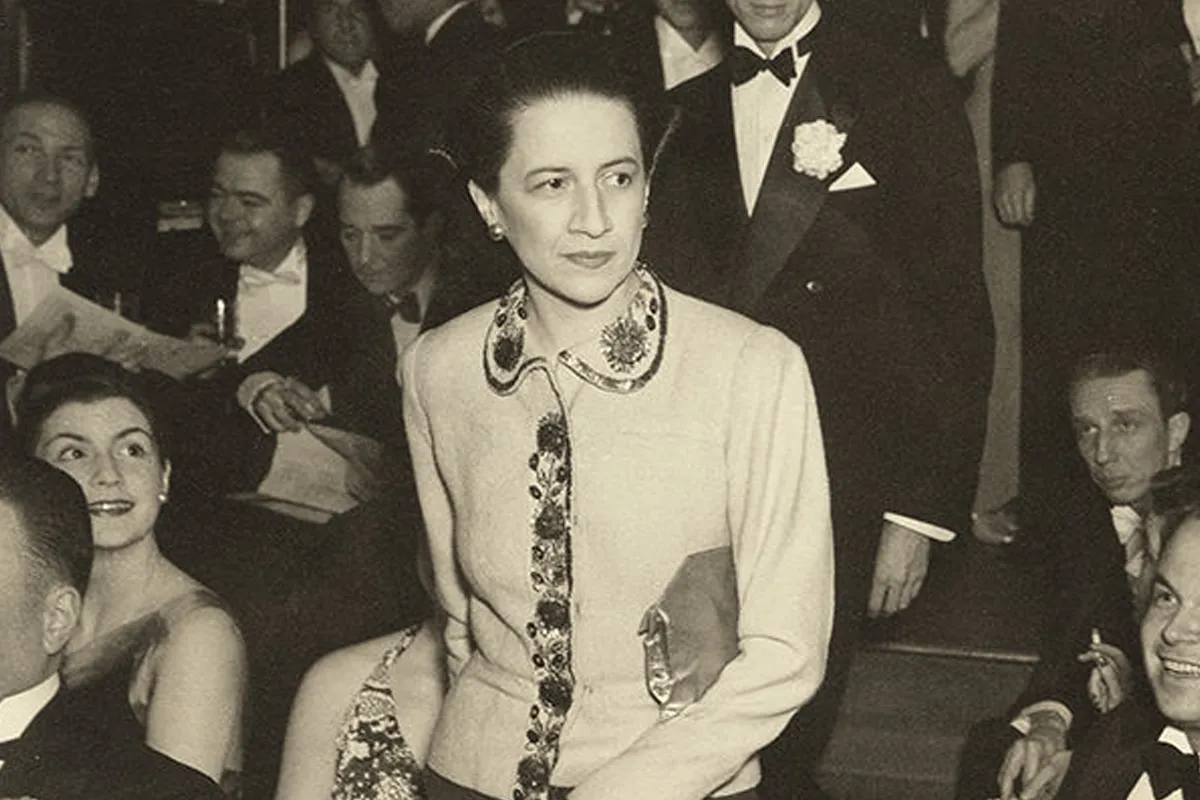-

18+ Timeless Life Lessons from The Little Prince Book
The Little Prince by Antoine de Saint-Exupéry, a French writer and aviator, is a cherished piece of literature published in […]
Welcome to Knowledge Lover.
Knowledge Lover is a resource for lifelong learners. We explore art, literature, philosophy, science, and more. Join us on this journey. Subscribe to the Knowledge Lover newsletter to learn new things every day.

50+ Websites to Learn New Things Everyday ↗
Splendid websites to help you learn a lot – coding, designing, art, business management, enhancement of cognitive abilities, and more.








